Do objects falling into orbit show that Einstein was right again?
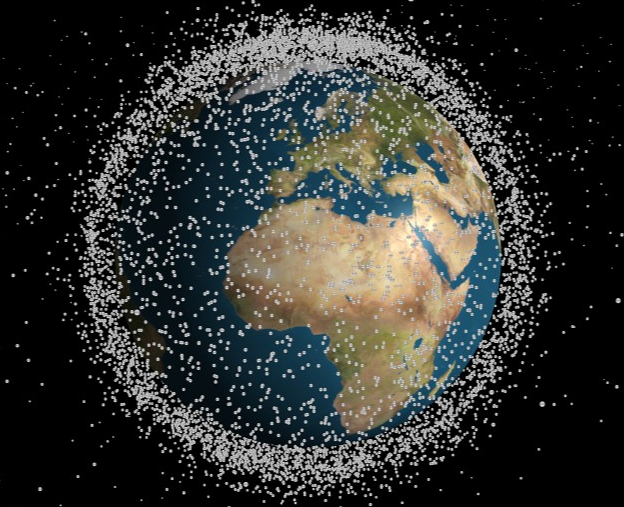
Gravity doesn’t discriminate, an experiment in orbit has confirmed, with a hundred times greater precision than previous efforts, that everything falls the same way under the influence of gravity. The finding is the most stringent test yet of the equivalence principle, a key tenet of Einstein’s theory of general relativity.
The idea that gravity affects all things equally may not seem surprising, but the slightest hint to the contrary could help explain how general relativity, the fundamental theory of gravity, fits with the Standard Model of physics. particle theory, the theoretical framework that describes all the fundamental particles of matter. General relativity is a classical theory that views the universe as smooth and continuous, while the standard model is a quantum theory that involves granular particles of matter and energy; combining them into a single theory of everything has been an unfulfilled dream of scientists dating back to Einstein.
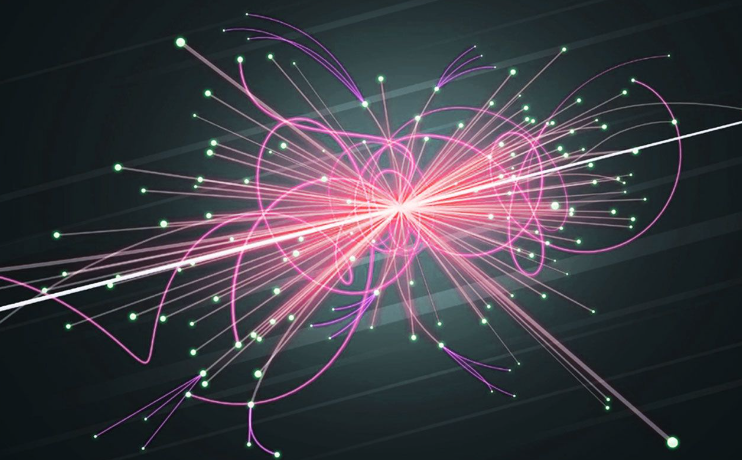
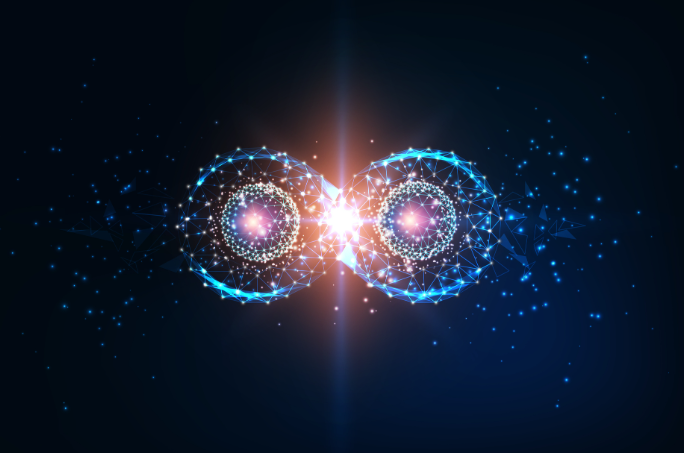
To help search for possible disturbances, the MICROSCOPE experiment tracked the movement of nested metal cylinders—a 300-gram outer titanium cylinder and a 402-gram inner platinum cylinder—as they orbited Earth in near-perfect free fall. Any difference in the effect of gravity on the respective cylinders would cause them to move relative to each other, small electrical forces applied to realign the cylinders would have revealed a possible violation of the equivalence principle.
From April 2016 through October 2018, the cylinders were shielded inside a satellite that protected them from the onslaught of solar winds, the miniscule pressure exerted by sunlight and the residual atmosphere at an orbital altitude of just over 700 kilometers altitude. By conducting the experiment in orbit, the researchers were able to compare the free fall of two different materials over extended periods without the confounding effects of vibrations or nearby objects that might exert gravitational forces. One of the lessons learned by MICROSCOPE is that space is the best way to get a significant improvement in the accuracy of this type of test.
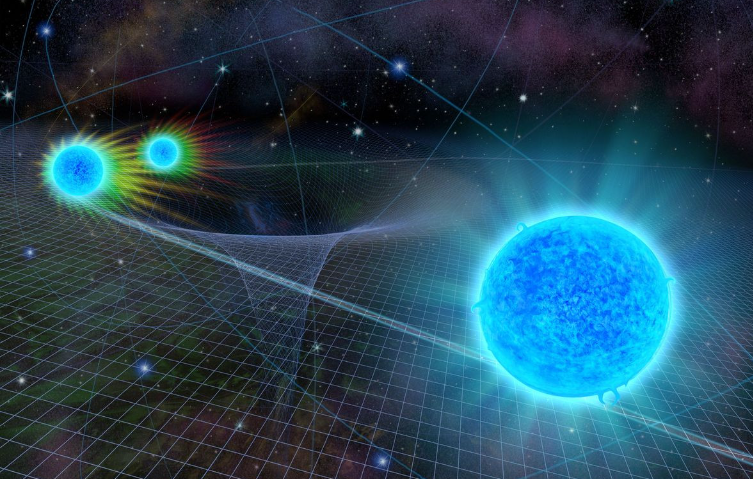
Some physicists suspect that the limits of the equivalence principle may never show up in experiments, and that Einstein will always be proven right. Even 100 times greater precision from a MICROSCOPE 2 follow-on mission, tentatively planned for the 2030s, is unlikely to reveal a breakdown of the equivalence principle. What we see as the force of gravity is actually the curvature of space-time, any body simply moves along the path in Earth’s space-time, whether it is made of dense platinum, lighter titanium or any other material.


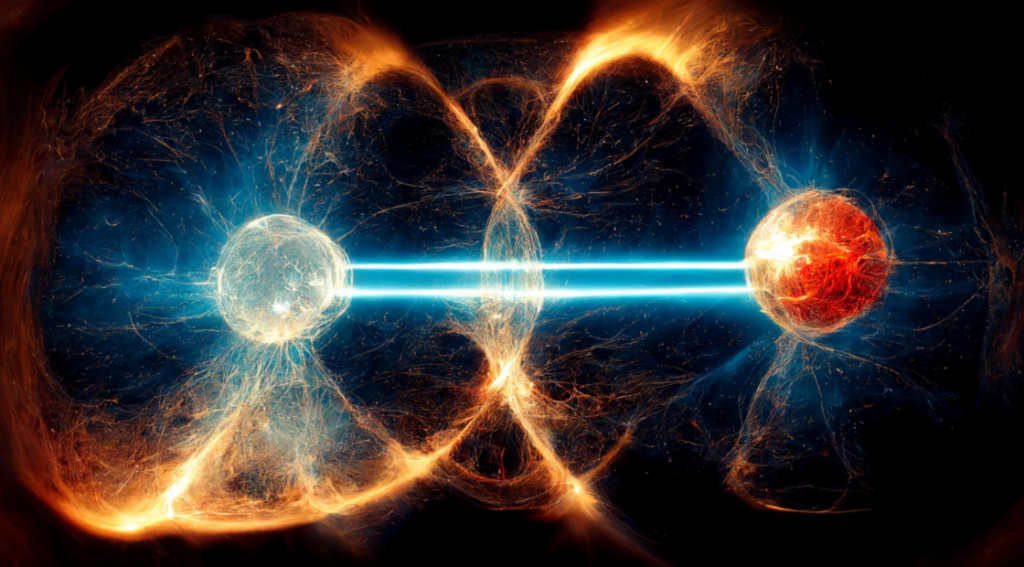


Responses